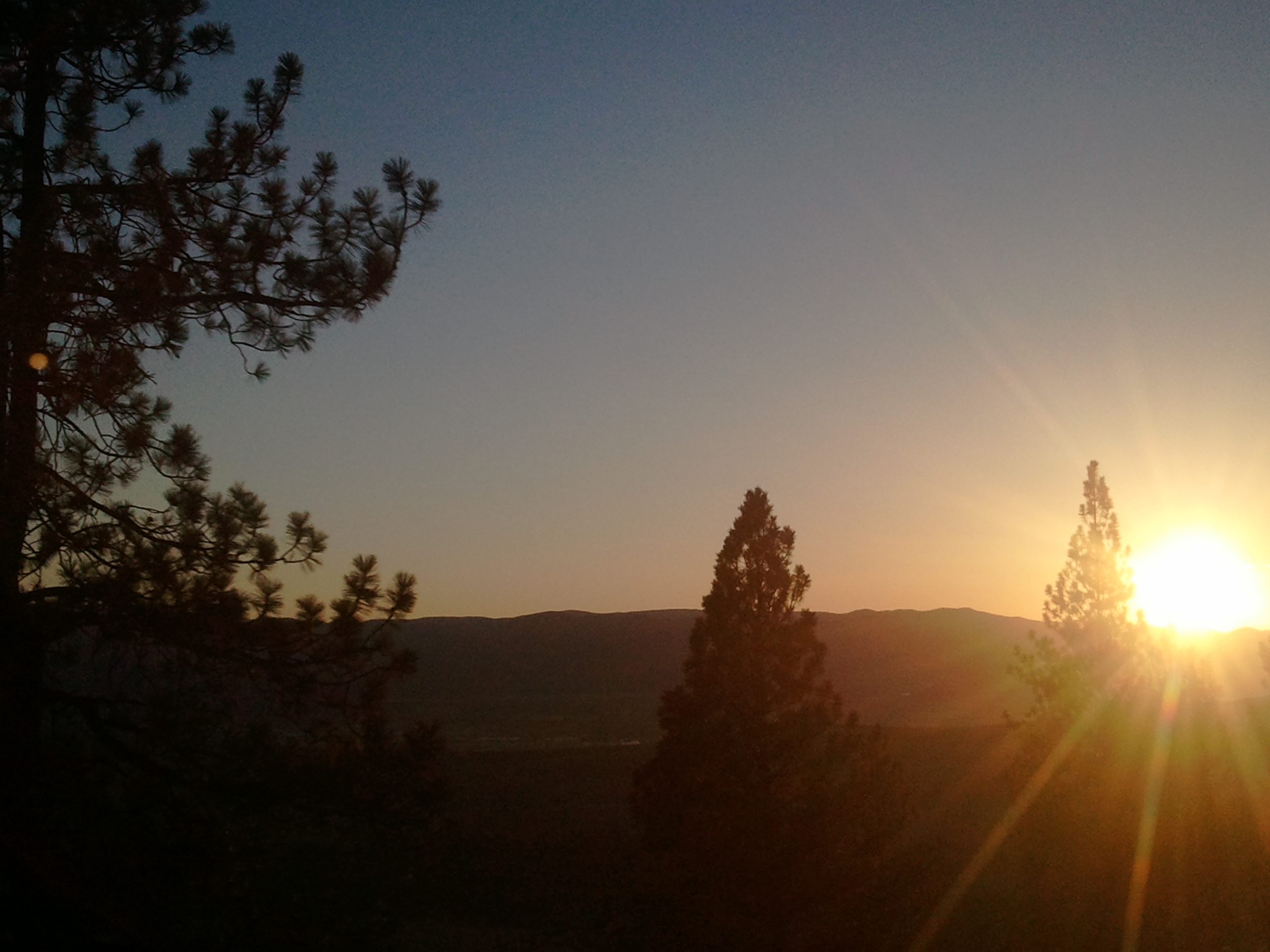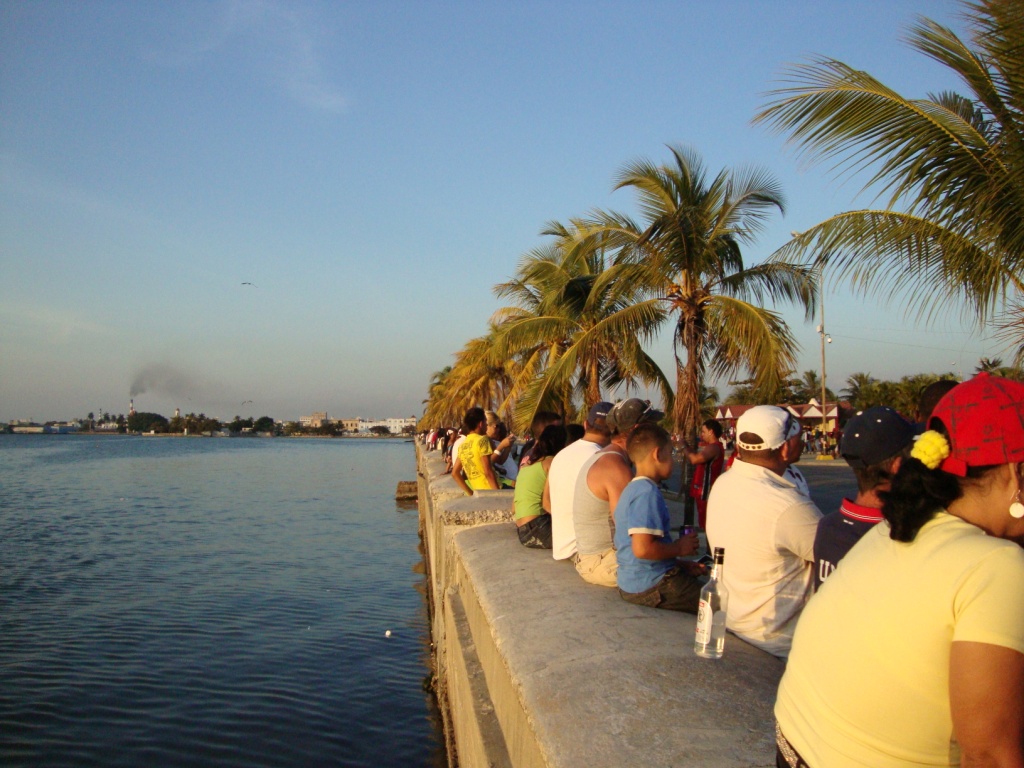Stolen Pride (and lots of other stuff)
 It’s April Fools Day. Now, if only someone would pop out and yell, “Just kidding! Here’s all your stuff back.” We awoke after our 5th night under the open air palapa at Alan and Bequia’s place in Pescadero to another bright sunny morning in paradise … only to find that the backpack full of our favorite electronics had disappeared. Yup. Stolen.
It’s April Fools Day. Now, if only someone would pop out and yell, “Just kidding! Here’s all your stuff back.” We awoke after our 5th night under the open air palapa at Alan and Bequia’s place in Pescadero to another bright sunny morning in paradise … only to find that the backpack full of our favorite electronics had disappeared. Yup. Stolen.
Someone snatched our brand new MacBook Air, iPhone, Hero GoPro, Panasonic camera, sound recording equipment, iTouch and all their assorted accouterments right out from under our feet. Literally: the bag was two inches from Rob’s left foot.
Rob went into Macgyver mode, finding the out-of-place footprints amidst our Croc and flip-flop prints. He tracked the thief’s prints for almost a mile through the sand, up an arroyo, and down the road until they disappeared. Meanwhile, I called bank accounts and dealt with the logistics of changing our online passwords and reorganizing our electronic-dependent lives. We reported it with the Todos Santos policia, who said, “Yeah, there’s a lot of theft here lately Buena suerte.”
I keep running through what should’ve been done differently, and how we could’ve prevented this. I’ve been to Mexico dozens of times, and never been robbed. I’ve never had any trouble at all, in fact. The luck ran out. It’ll take weeks before we stop blaming ourselves for our carelessness, beating ourselves up for being dumb: why didn’t we separate the valuables better? Why didn’t we lock them in the car? Why didn’t we hear the intruder and wake up? ,Why. why, why??
The sting will last for days, but hopefully these lessons learned will last even longer:
– Although we lost much of what we wanted, we are left with everything we need.
– Keeping it simple is less stressful in the long run.
– Bad things will happen. Anywhere. And they will serve to highlight the good.
– We only lost things that can replaced with money or time.
– Our friends are solid gold. Thanks to Katie and Mark (who are letting us use their computer to type this) and Alan and Bequia (who gave us their Olympus camera so we can take photos on our Pacific crossing) for their support, smiles, and footprint-tracking skills.
– Perhaps this voyage will be enriched by lightening our load, and by spending less time viewing our experiences through electronic devices.
– Sometimes you don’t get to choose your donations to society.
Next steps? Well, we’re not going cold-turkey on the electronics. We plan to find a cheap laptop in Panama pronto, so that we can keep writing and keep in touch. I sure loved that MacBook Air, though. Sigh.



































 TOILETRIES. Dr. Bronner’s liquid soap (doubles as shampoo), toothpaste, toothbrush, comb, hair bands, sunscreen, all-purpose lotion, bug repellent (Rob made natural bug goop), chapstick and towel.
TOILETRIES. Dr. Bronner’s liquid soap (doubles as shampoo), toothpaste, toothbrush, comb, hair bands, sunscreen, all-purpose lotion, bug repellent (Rob made natural bug goop), chapstick and towel.

 Since we decided not to buy our own sailboat (yet), I’m surprised by all these details. I mean, how hard can it really be to fill up a backpack and go play on the ocean for a year or two?
Since we decided not to buy our own sailboat (yet), I’m surprised by all these details. I mean, how hard can it really be to fill up a backpack and go play on the ocean for a year or two? Storage area. If you can’t get rid of everything, build a storage space (we put up a wall with a locking door to use half of our garage as storage) or rent one.
Storage area. If you can’t get rid of everything, build a storage space (we put up a wall with a locking door to use half of our garage as storage) or rent one.












